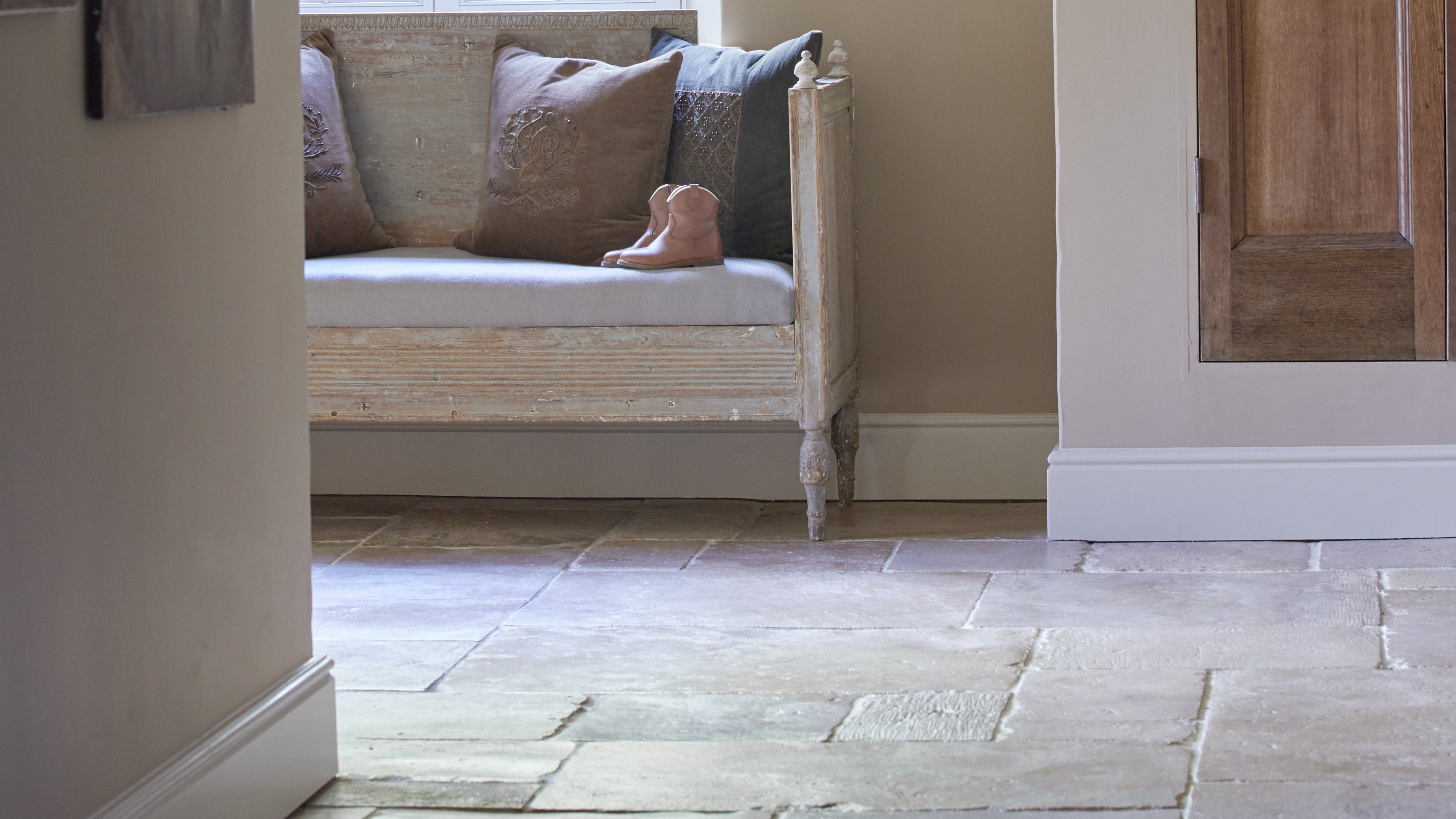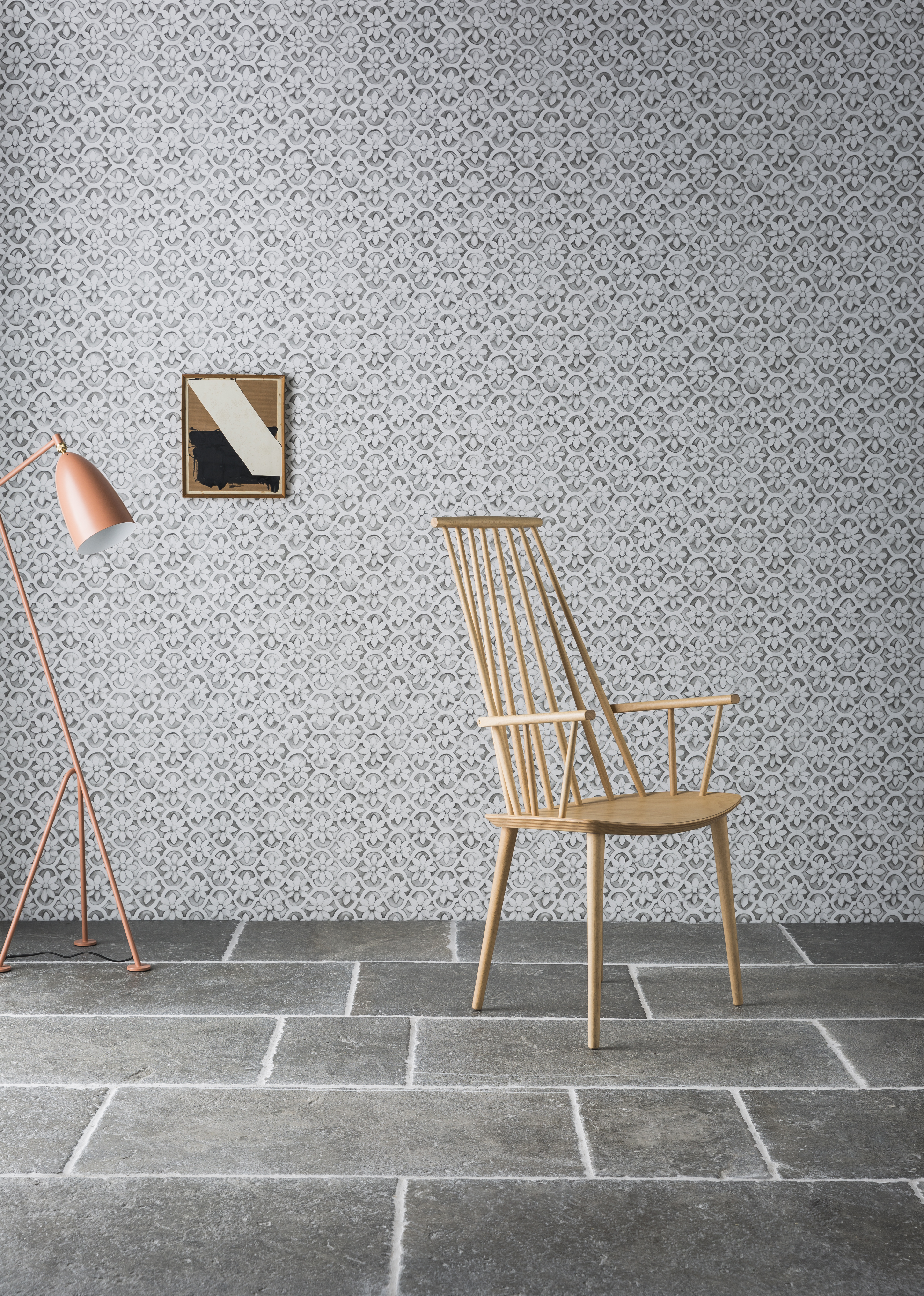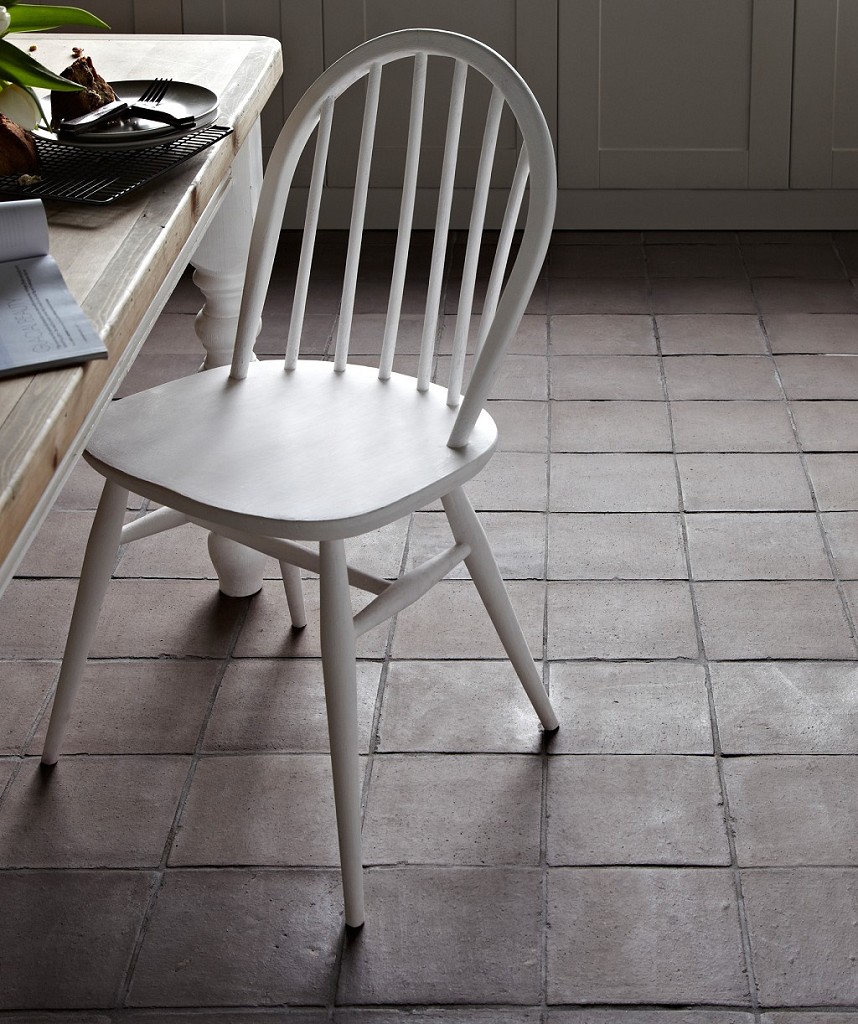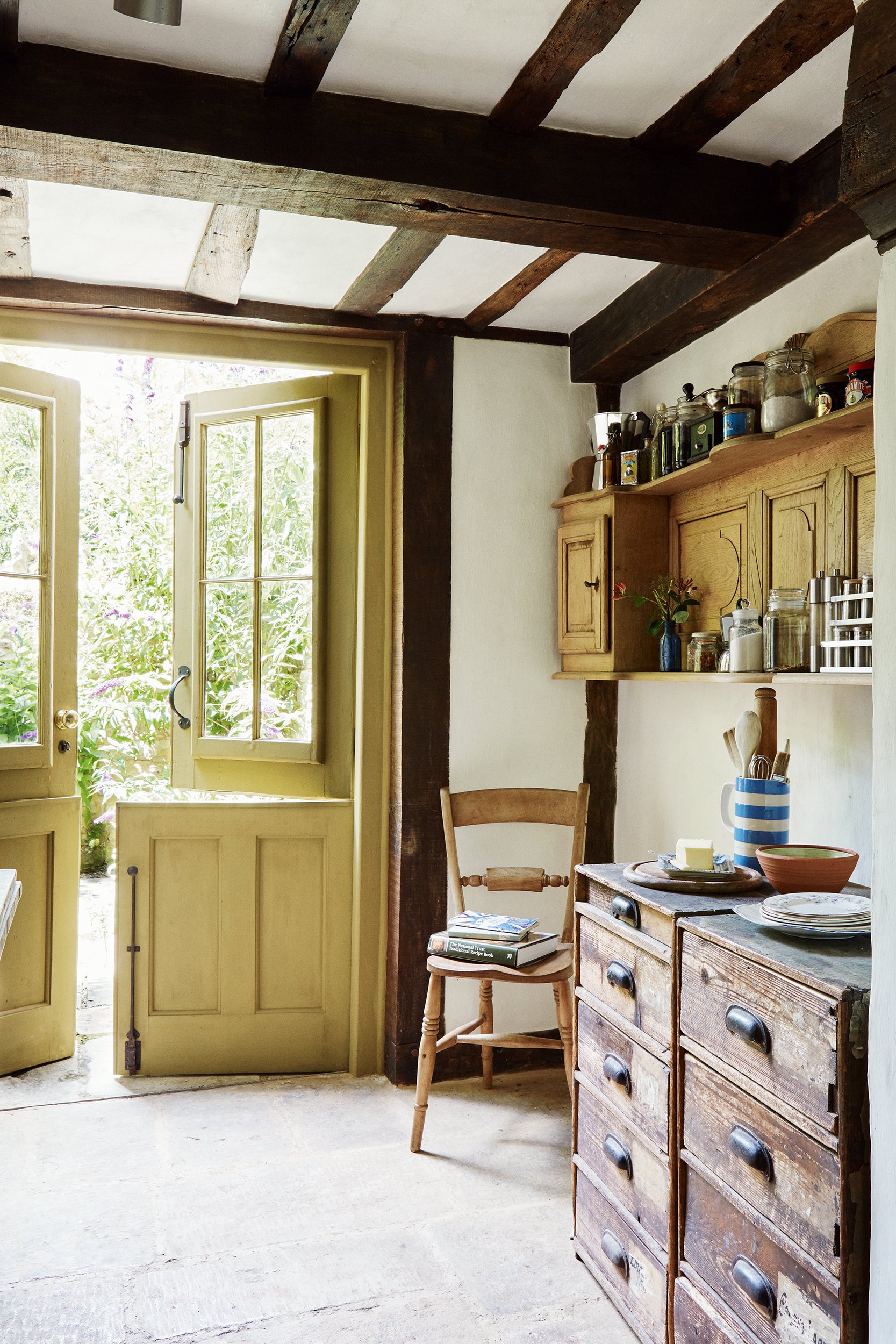How to repair stone floors
Find out how to repair stone floors, with expert advice from Douglas Kent, technical and research director of the Society for the Protection of Ancient Buildings

Wondering how to repair stone floors? Whether you're dealing with decorative stone flooring or imported marble, many period properties still retain their original flooring.
With regular maintenance and effective repair, these floors not only make a striking addition to a home's interior, but are likely to stand the test of time. Take note of the following tips and tricks from expert Douglas Kent, to ensure correct restoration of your old stone floors.
For more tips on flooring, visit our dedicated hub page. For additional expert advice on how to clean and seal stone floor tiles, our step-by-step guide is a handy read.

Checking the state of original stone floors
Old stone floors were originally laid on well-rammed earth or chalk, sometimes with a bed of sand or lime mortar, which allowed the floor to breathe effectively. Bear this in mind when making decisions about your flooring.
If you have concerns about damp, it’s not advisable to lay a plastic damp-proof membrane (DPM) on top of new concrete beneath the stones, because their ability to ‘breathe’ will be impaired, displacing moisture into the bases of previously dry adjacent walls. Instead, if a floor is genuinely damp, consult a builder with experience in old house conservation.
Remember that it’s very easy to spoil flooring by re-laying it, so only attempt this if there’s little alternative.
When installing new heating pipes, make sure that you employ a competent builder to do the lifting with great care rather than leaving this responsibility to plumbers. Lifting and entirely re-laying an old floor to install underfloor heating or incorporate insulation is not generally recommended.
Get small space home decor ideas, celeb inspiration, DIY tips and more, straight to your inbox!
How to repair original stone floors
Undulations add interest to old floors so, unless dangerous, they are best left. Dangerously uneven or rocking stones can be rebedded in coarse sand or hydraulic lime mortar, although slight undulations might be reduced with simple matting.
Flaking stones can be dressed back to remove loose material, although laminations in limestone can in some cases be repaired by conservators using injections of lime-based grout. With serious erosion, it may be possible to lift and reverse stones.
Deep holes or chipped edges in stone flooring can be filled with a hydraulic lime mortar, but continuing maintenance is likely to be necessary. Strong cementitious mortar or waterproof grouts that inhibit ‘breathability’ – preventing moisture from passing through permeable materials – are not recommended.
Renewing part of a damaged stone with matching new material is normally preferable to complete replacement.

How to maintain original stone floors
Where needed, joints between stones or cracks across them can be pointed with a hydraulic lime mortar. If joints have never been filled or are dry-jointed with sand, repointing with lime is not necessarily required.
Old stone floors usually only require regular sweeping or vacuuming and occasional washing with minimal quantities of water (possibly with pH-neutral soap). Stains frequently respond to a 50:50 water to white spirit solution or specialist poulticing.
The sparing use of microcrystalline wax is sometimes appropriate to protect surfaces or reduce powdering. ‘Breathable’ floor coverings (natural fibre or rush matting) can provide added protection. Avoid harsh cleaning agents and impermeable sealants.
How to replace stone flooring
Where an original stone floor is relaid or replaced, a damp-proof membrane should normally be omitted in an old building (pre-dating circa 1919), as it prevents the floor from breathing and risks increasing dampness in walls.
Instead, try using a breathable construction, such as limecrete beneath flagstones pointed with lime mortar.

For information on all aspects to do with the care and repair of old buildings contact the Society for the Protection of Ancient Buildings (SPAB). It operates a technical helpline, runs weekend courses and produces advisory publications.